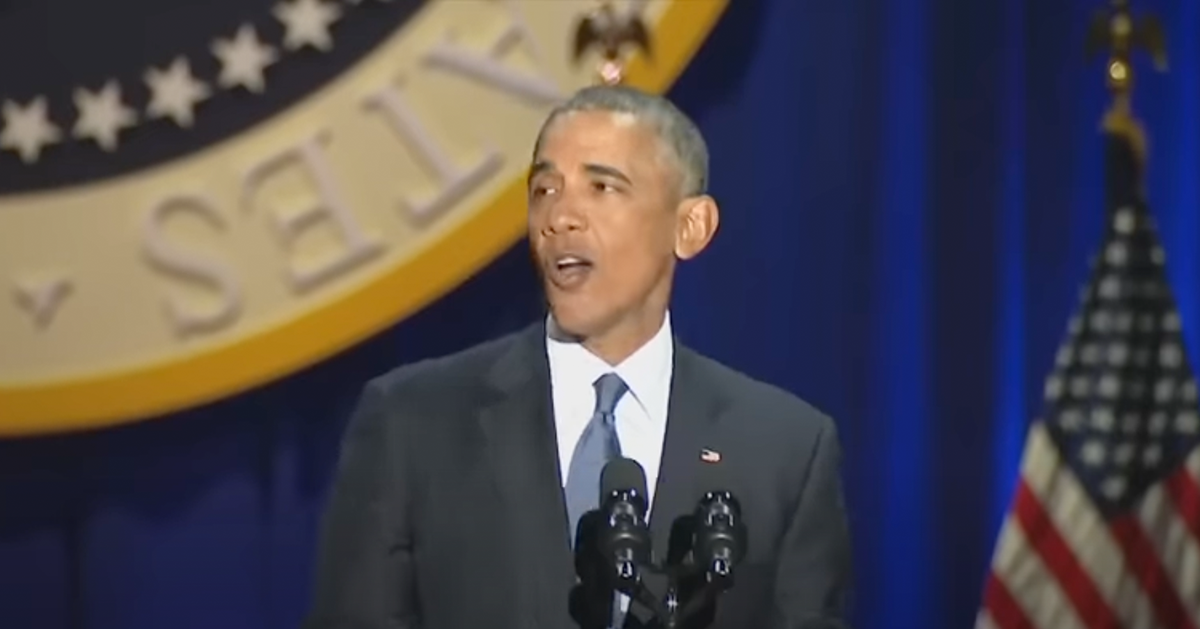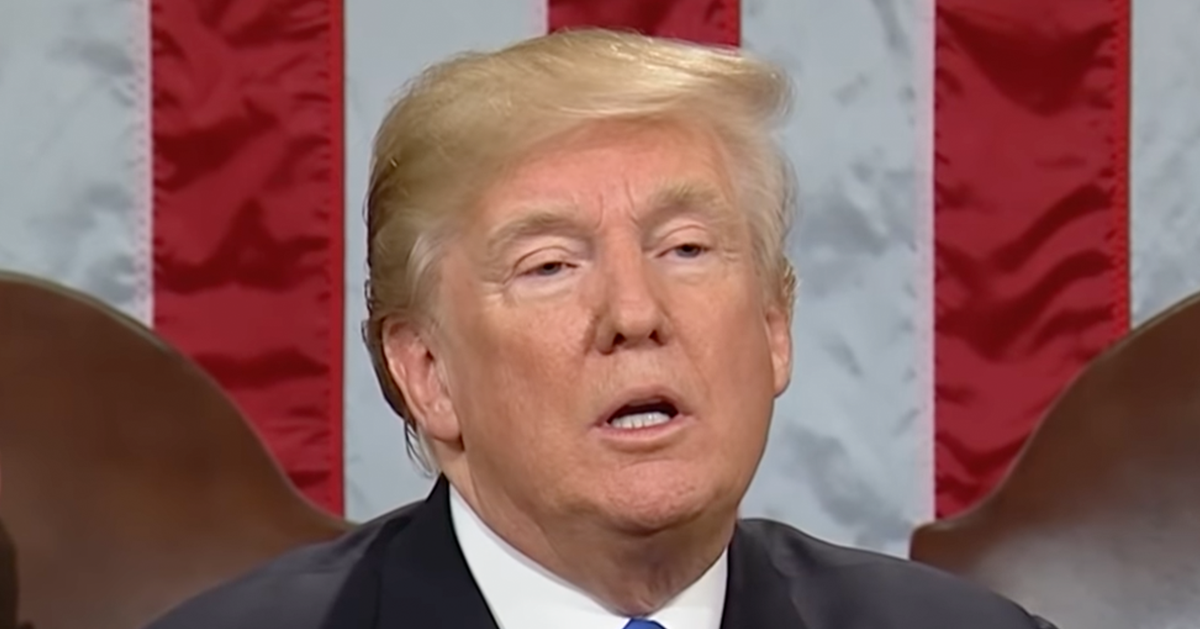Amy Coney Barrett Emerges As Surprise Swing Vote on Supreme Court
Amid the ideological battles at the U.S. Supreme Court, Justice Amy Coney Barrett is carving a niche as a pivotal figure.
Justice Barrett's shift toward more moderate rulings marks a potential evolution in the Supreme Court's dynamic, and something of an unpleasant surprise to conservatives, as Newsweek reports.
Appointed by former President Donald Trump after the death of Justice Ruth Bader Ginsburg, Barrett was expected to cement the court's conservative bent. Over three and a half years on the bench, however, her decisions suggest a nuanced approach to her judicial philosophy.
Barrett's Early Tenure Defined by Conservative Leanings
Initially, Barrett's alignment with the Supreme Court’s conservative faction was pronounced. In her first two terms, she supported conservative outcomes in 70% and 73% of cases respectively. Such statistics placed her squarely within the court's right-leaning majority.
Her conservative voting pattern represented a continuation of the court's shift to the right, a significant change catalyzed by her predecessor's passing. This alignment was particularly evident in cases related to both statutory and constitutional matters.
Despite these beginnings, notable decisions early in her tenure hinted at Barrett's capacity for independent judgment. Notably, she voted to uphold the Affordable Care Act during her first term, a move that diverged from the anticipated conservative strategy.
Shift Towards a Central Role in Key Decisions
As her tenure progressed, Barrett's conservative voting rate declined to 56% by the 2022 term, indicating a shift in her judicial approach. This change has been reflected in her participation in several pivotal cases.
Her evolving role became evident in high-profile decisions such as those involving presidential immunity and access to medical treatments like mifepristone. In these instances, Barrett showcased a more balanced approach, often challenging the broader assertions of conservative legal theories.
Notably, in the case concerning presidential immunity related to former President Trump, Barrett offered a narrower interpretation of executive power. This stance distanced her from some conservative colleagues and underscored her potential as a swing vote.
Barrett's Approach Attracts National Attention
Observers have noted Barrett's assertive questioning during oral arguments, particularly in cases involving significant executive authority. Her inquiries often probe the depths of legal reasoning presented by advocates, reflecting a rigorous analytical mindset.
Her decision-making process has drawn attention to its meticulous nature, especially in how she handles complex legal doctrines. This approach has prompted comparisons to historical swing justices who have played crucial roles in the court's history.
Experts including Alison LaCroix and Dan Urman have commented on Barrett's emerging role as a swing vote, noting her principled conservative foundation yet open-minded approach to cases that cut across traditional partisan lines.
Impact on Future Supreme Court Dynamics
Barrett’s stance in recent terms suggests she may continue to play a crucial role in shaping the court's decisions. Legal scholars suggest that advocates increasingly seek her votes, similar to past justices who have held the balance of power. "She wants to be the swing vote," noted LaCroix, indicating a strategic positioning that could influence future legal battles. LaCroix’s observation highlights the strategic calculations now influencing how cases are argued before the court.
The implications of Barrett's decisions extend beyond immediate legal outcomes, influencing broader judicial trends and potentially altering the landscape of U.S. constitutional law.
Broader Implications for Judicial Independence
As Barrett continues to define her legacy on the court, her impact on judicial independence and the balance of power remains a focal point. Her ability to navigate complex legal landscapes while maintaining a degree of unpredictability is becoming a hallmark of her tenure.
Her actions resonate with a broader narrative about the evolving roles of justices amidst a highly polarized political environment. This dynamic underscores the significance of each justice's personal judicial philosophy and its impact on the court's direction.
In essence, Barrett's journey on the Supreme Court reflects a broader dialogue about the role of individual justices in an era marked by deep ideological divisions.
Conclusion: Barrett's Evolving Judicial Role
In conclusion, Justice Amy Coney Barrett’s shift from a predictable conservative vote to a more central, swing position underscores her evolving influence on the U.S. Supreme Court.
Her nuanced decisions in key cases and her strategic positioning during oral arguments suggest a complex understanding of the law that challenges simplistic ideological categorizations.
As she continues to assert her independence, Barrett's role could profoundly affect the future rulings and philosophical balance of the Supreme Court.





